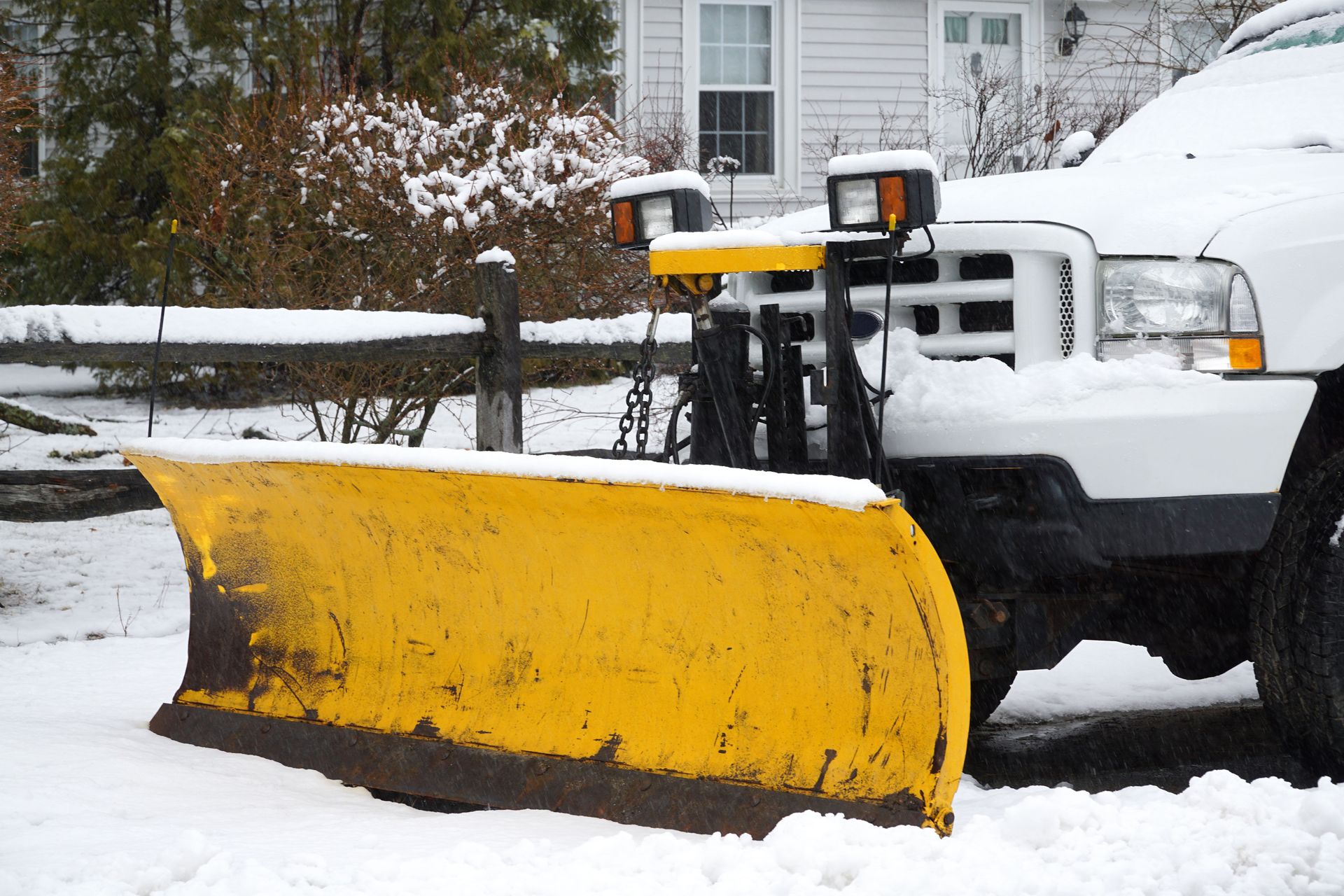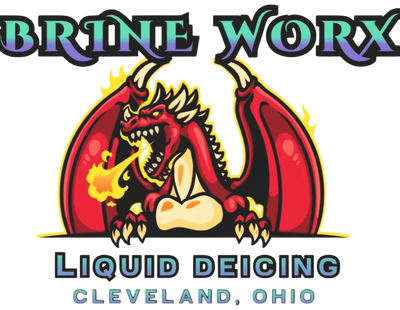October 3, 2025
Proper snow removal is crucial for community safety and accessibility during winter months. Having the right fleet of snow equipment can make all the difference in efficient snow management. This article explores essential elements every community's snow removal fleet should possess to effectively tackle winter's challenges. Ensuring community roads are clear and safe not only benefits the residents but also supports critical services like emergency response. Communities that invest in a comprehensive snow removal strategy can minimize disruptions during severe weather events.
1. Snow Plows
1.1 Types of Snow Plows
Snow plows are critical for shifting large volumes of snow from roads and pathways. There are various types of snow plows, including the traditional straight blade, which is widely known for its effectiveness in clearing flat surfaces. In recent years, advanced models such as the V-plow and winged plow have gained popularity. These innovative designs allow for more flexibility and efficiency, especially in managing variable snow depths. For communities dealing with heavy snowfall, hydraulic plows offer enhanced control and adaptability. Investing in reliable snow equipment like these plows ensures communities can stay ahead of winter storms.
1.2 Choosing the Right Plow Size
Choosing the appropriate plow size is important for both efficiency and safety. The size of the plow should match the size of the vehicle and the width of the roads it will service. For larger community roads, wider plows are necessary to clear paths quickly and effectively. Residential streets, on the other hand, may require smaller plows for navigability. According to Global Market Insights, in 2024, the municipal & country roads segment dominated the snow clearing vehicles market, accounting for around 34.3%, highlighting the importance of selecting the right tools for these areas.
1.3 Maintenance and Durability
Regular maintenance of snow plows is essential to ensure long-term durability and performance. This includes inspections of hydraulic systems, structural integrity, and cutting edges. Routine checks help identify wear and tear that could lead to malfunctions during critical snow removal operations. Communities must also consider the materials used in plow construction, as high-strength steel can endure harsh conditions longer than less robust materials. Well-maintained snow equipment minimizes downtime, ensuring that snow removal operations are not delayed.
1.4 Training for Operators
Operator training is a crucial component of snowplow utilization. Well-trained personnel can maximize the effectiveness of snow equipment while ensuring safety for themselves and the public. Training programs should cover equipment operation, emergency procedures, and basic troubleshooting. Skilled operators can also adapt to sudden changes in weather conditions, maintaining efficiency under pressure. Establishing standardized training programs can significantly improve the overall performance of a community's snow removal efforts.
1.5 Innovations in Plow Design
Recent innovations in snowplow design have focused on increasing efficiency and reducing environmental impact. Features such as smart sensors and adaptive blade angles allow more precise snow clearing. Some modern plows incorporate advanced materials like polyurethane cutting edges that are gentler on roads. Electrically powered plows are emerging as sustainable alternatives to traditional models, reducing carbon emissions. These innovations are essential in addressing both the operational and environmental challenges of snow management.
2. Snow Blowers
2.1 Single-Stage vs. Two-Stage Blowers
Snow blowers are another versatile piece of snow equipment used in snow removal. Single-stage blowers are an excellent choice for light to moderate snowfalls due to their compact nature and ease of use. They are most effective on driveways and smaller sidewalks. For heavier snowfall, two-stage blowers provide greater power and capacity, suitable for wider community areas. Understanding the conditions typically faced in a community will guide the choice between single-stage and two-stage blowers.
2.2 Fuel Type Considerations
When selecting snow blowers, it's important to consider the type of fuel they use. Gas-powered blowers are traditional and offer power for heavy-duty use, but they require more maintenance and emit emissions. Electric blowers, on the other hand, are eco-friendly and suitable for lighter tasks. Hybrid models are starting to gain traction, combining the benefits of both gas and electric systems. Choosing the right fuel type can make snow removal operations more cost-effective and sustainable.
2.3 Blower Attachments
Enhancing the capabilities of snow blowers can often be achieved with the use of attachments. Common attachments include drift cutters, electric starters, and lights, which aid visibility during early morning or late-night operations. Skid shoes can help protect surfaces during operations, extending the life of both the equipment and pavements. Attachments must be carefully selected based on specific community needs and typical snowfall characteristics. Investing in a versatile set of attachments can significantly enhance the efficiency of snow removal efforts.
2.4 Maintenance Tips
Regular maintenance is crucial to ensure snow blowers operate efficiently throughout the winter season. This involves checking spark plugs, changing fuel filters, and inspecting belts and cables for wear. Routine lubrication of moving parts can prevent operational failures. Before significant snowfall, pre-season checks can identify potential issues early, saving time during critical periods. Communities should establish a consistent maintenance schedule to prevent unexpected breakdowns and extend the lifespan of snow equipment.
2.5 Safety Features
Safety features in snow blowers are necessary to protect operators and bystanders. Automatic shutoff systems ensure the equipment stops immediately if the operator loses grip, preventing accidents. Skid plates can prevent expensive damage to both the blower and the surface being cleared. Additionally, reflectors and built-in lighting enhance visibility during operation in low-light conditions. Communities should always prioritize snow equipment with enhanced safety features to minimize the risk of accidents during snow clearing.
3. Salt and Sand Spreaders
3.1 Types of Spreaders
Salt and sand spreaders are essential tools for addressing slippery surfaces during the winter months. Broadcast spreaders distribute material evenly over large areas, making them ideal for main roads and highways. Drop spreaders offer more precision, which is beneficial in parking lots or narrow street segments. Some communities also utilize tailgate spreaders that attach to the back of utility vehicles for versatility. Selecting the appropriate type of spreader can enhance efficiency and material usage.
3.2 Calibration Techniques
Calibrating spreaders ensures optimal use of materials and prevents over-application. Proper calibration techniques involve adjusting the flow rate to match road conditions and weather forecasts. Regular checks on calibration settings are essential to maintain accuracy. Effective calibration minimizes environmental impact and reduces operational costs. Communities must integrate regular calibration into their snow management strategies for both economic and ecological benefits.
3.3 Environmental Considerations
The use of salt and sand as de-icing agents comes with significant environmental considerations. Excessive use of salt can lead to soil and water pollution, affecting local ecosystems. Communities should investigate alternative materials like brines and eco-friendly de-icers to mitigate these impacts. Balancing effective ice control with environmental responsibility is critical for sustainable snow management practices. Engaging with environmental experts can help develop informed strategies for material use.
3.4 Integration with Other Vehicles
Spreaders can be effectively integrated with other community vehicles to maximize snow removal efficiency. Many municipalities use multi-functional vehicles that can switch from plowing to spreading with ease. Integration reduces the need for additional operators and equipment, optimizing costs. Fleet management systems that incorporate GPS and telematics can also coordinate operations more effectively. Well-integrated snow equipment promotes seamless, efficient winter road management.
Having an efficient, well-managed snow removal fleet is essential for maintaining safe and accessible communities during winter. By incorporating the right tools, technologies, and community engagement strategies, communities can ensure effective snow management and enhanced public safety. Investing in the right snow equipment not only prepares communities for the challenges of winter but also reaffirms the commitment to the well-being and satisfaction of its residents. A proactive and comprehensive approach to snow management significantly reduces winter-related disruptions. As technology and strategies continue to evolve, communities must remain adaptable and forward-thinking to thrive in winter conditions. If you're looking for a service with proper snow equipment, make sure to contact Brine Worx Equipment Sales today!

